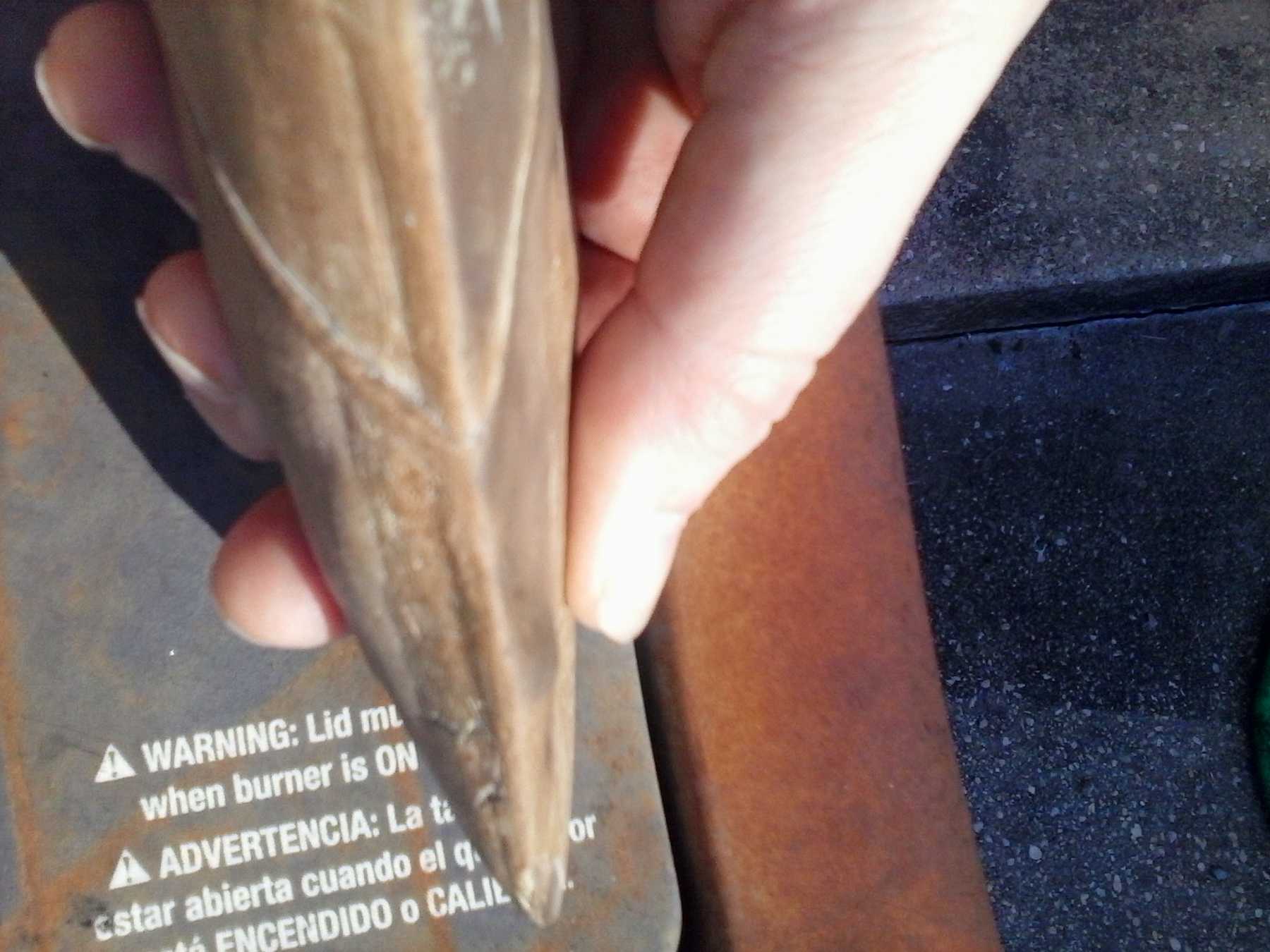I have an artifact that my father and I discovered about 20 years ago while digging a hole in our back yard just East of Citronelle, Al. It appears to be a hand axe but I am no expert and can only tell that it is OLD, used so much it is rubbed smooth as silk, flint napped at the tip, has original usage scratch marks (I have heard those are good for dating), and does not look like anything I have been able to find through my own research. I need an expert to tell me everything else, I am just curious. If it is going to sit around and collect dust I would at least like to know more about it. If the stone could talk I would most likely never leave my house. I personally have a great deal of Native American ancestry (Chief Pushmataha of the Choctaw tribe was my 5th Great Uncle on my mothers side and my great grandfather on my father's side was from the same area and was half Cherokee but looked full blooded) and to this day still have dreams about where I used to live (it was on top of a large mound shaped hill) that always involve Native Americans and I can't live with the 20 years of curiosity any longer. Thank you in advance anyone who has a helpful response or information. If needed I will gladly bring the artifact to an expert to be examined properly as I know pictures are a poor excuse compared to the actual object. My only request is that I get to go with it and not risk losing it in shipping.




































Comment